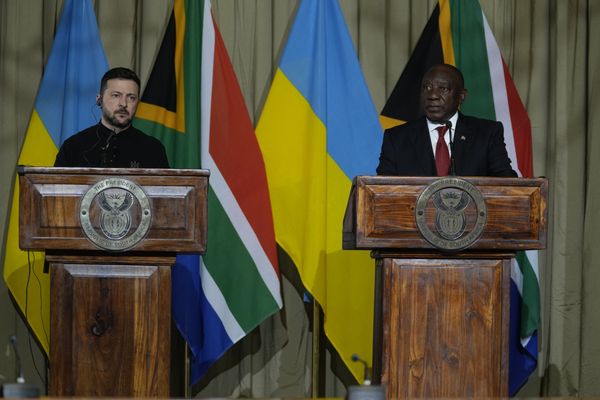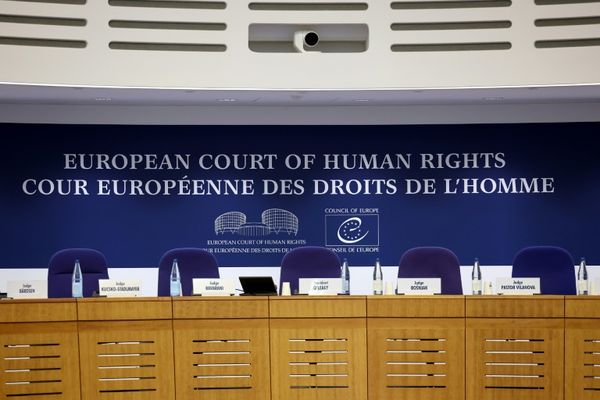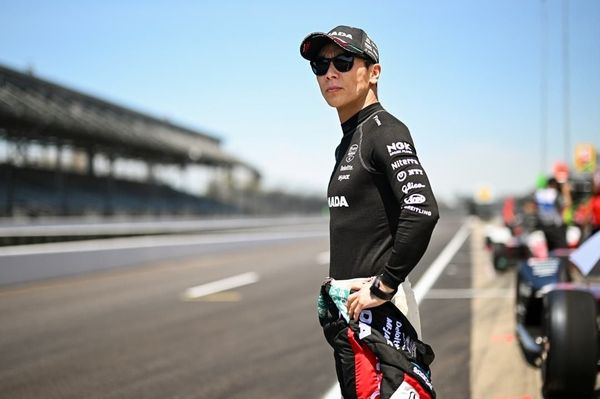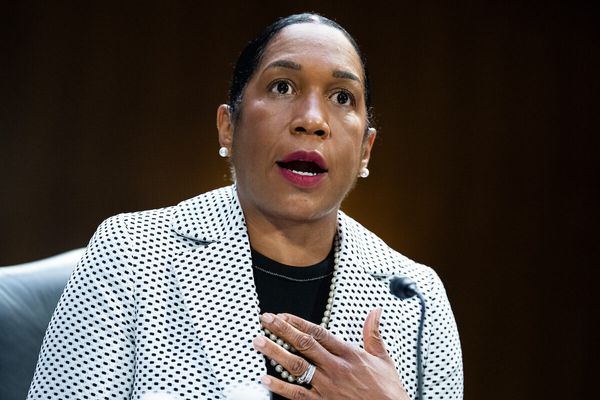At least 24 people have been killed and 26 have been injured as South Korea battles the most destructive wildfires in its history.
On Wednesday, a firefighting helicopter crashed in the mountains of Uiseong County at around midday, killing one pilot, as rescuers struggled to contain the flames. The aircraft had no other crew members on board at the time of the crash.
The fire began last Friday but the national firefighting agency raised its response level to the highest tier on Tuesday as the blaze rapidly spread through southeastern regions.
Dry weather and strong winds this week have helped the fires spread. They come as Japan also struggles with new wildfires.
Fires have burned through more than 17,400 hectares (43,000 acres), destroying over 200 structures, including houses, factories and a 1,300-year-old Buddhist temple, officials said on Wednesday.
More than 27,000 people have been evacuated from cities and towns including Andong, Uiseong, Sancheong and Ulsan.
Earlier, four people were confirmed dead, but the death toll climbed quickly on Wednesday. Among those killed were firefighters and civil servants who died on Saturday after being trapped by fast-moving flames.
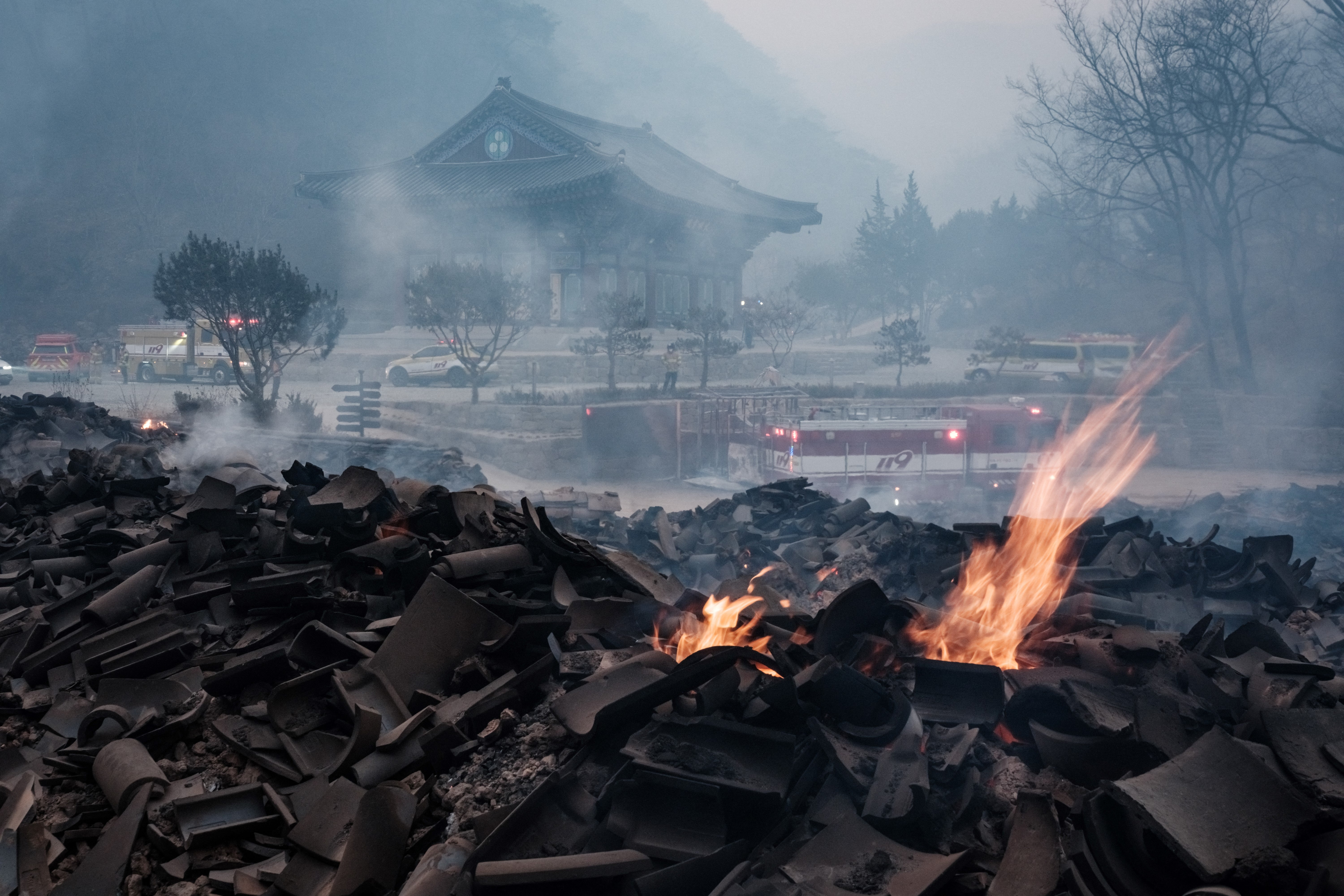
In a televised address, South Korea's acting president Han Duck Soo called the wildfires “unprecedented” and said the crisis was “rewriting the record books for the worst wildfires in our nation's history”.
"Damages are snowballing," Mr Han said. "There are concerns that we'll have wildfire damages that we've never experienced, so we have to concentrate all our capabilities to put out the wildfires in the rest of this week."
He added: "We are deploying all available personnel and equipment in response to the worst wildfires ever but the situation is not good."
He said that "a small amount" of rain was expected on Thursday, which could bring some relief.
Authorities have deployed nearly 9,000 personnel, including soldiers and firefighters, backed by more than 130 helicopters and hundreds of vehicles. But strong winds and dry conditions have repeatedly allowed the fires to spread after they were partially contained.
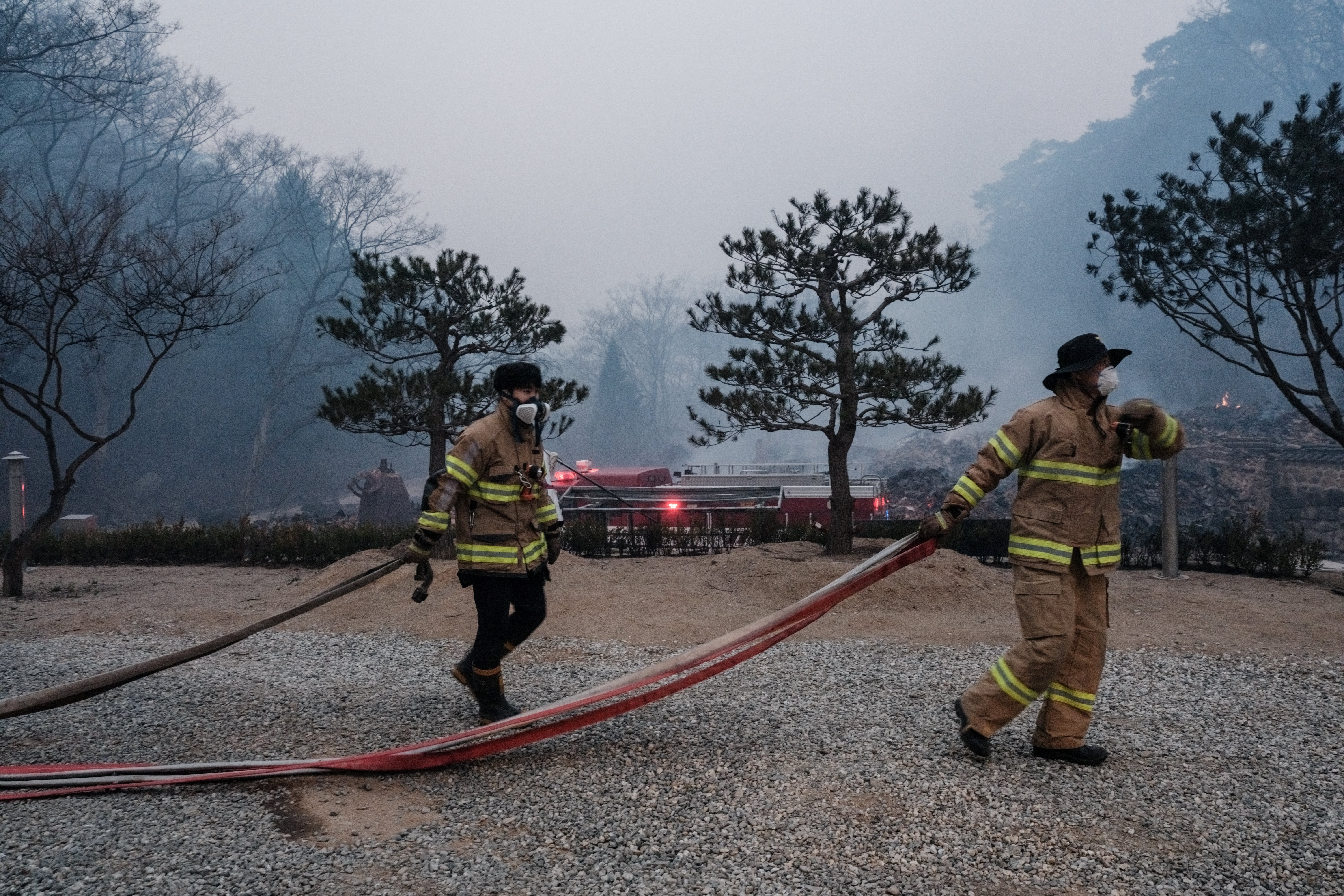
In Uiseong, officials said only 68 per cent of the blaze was under control as of Tuesday. The fire also spread to the nearby coastal town of Yeongdeok, where officials shut down roads and ordered residents of at least four villages to evacuate.
The Gounsa temple, founded in 681 during the Silla Dynasty, was destroyed in Uiseong. Heritage officials said some of the site’s national treasures, including an eighth-century stone Buddha statue, were removed before the flames reached the main wooden buildings.
Among the destroyed structures were two state-designated "treasures" – a pavilion-shaped structure built on a stream in 1668 and a Joseon Dynasty structure built in 1904 to mark the longevity of a king.
In the coastal town of Yeongdeok, roads were closed and residents in at least four villages were ordered to evacuate. The justice ministry said it protectively removed 500 inmates from a detention centre in Cheongsong, another southern town, but no damage was reported to the facility.
Emergency shelters have been set up in schools and gyms, and Unesco-listed sites such as Hahoe Folk Village and the Byeongsan Confucian Academy in Andong were under threat on Wednesday, local officials said.
Experts say the wildfires are the third-largest in South Korea in terms of the area of land burned.
It is suspected that the fires were triggered by human activity, possibly sparks from welding or people clearing dry grass near ancestral tombs, according to government officials.
Forest expert Lee Byung Doo warned that large-scale wildfires are likely to become more common as the climate changes. “We have to admit that and prepare more resources and manpower,” he said.
Wildfire seasons around the world have grown longer and more intense as climate breakdown makes dry and windy conditions more common. Scientific studies have found that the climate crisis has already extended the global wildfire season by roughly two weeks on average.

